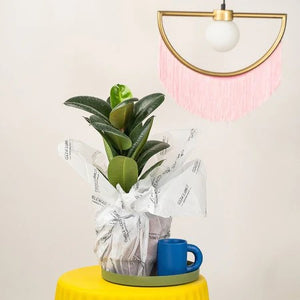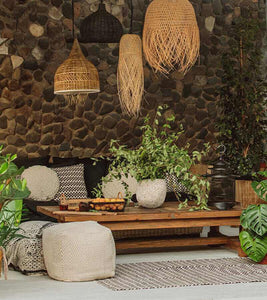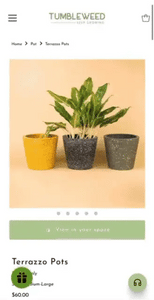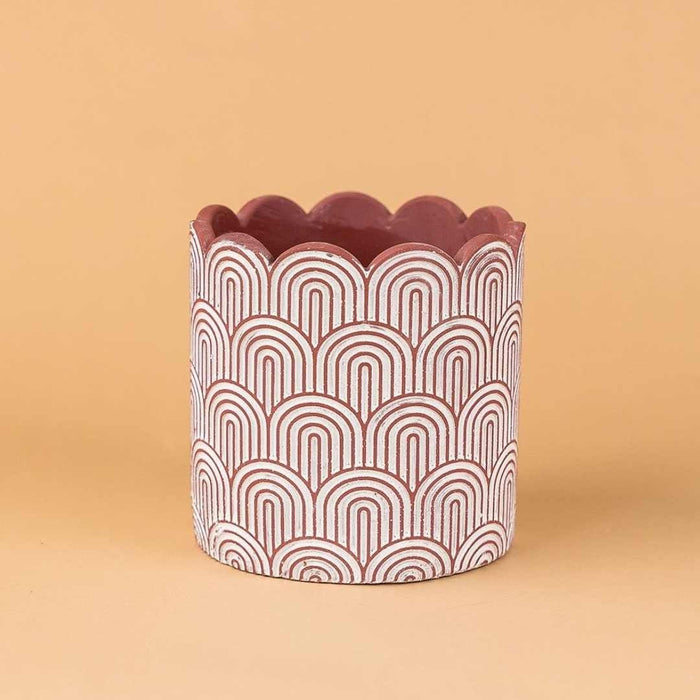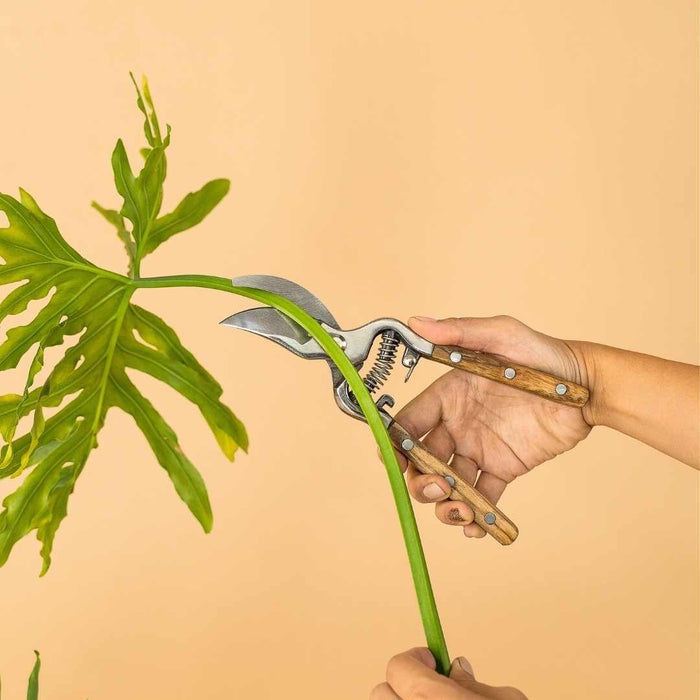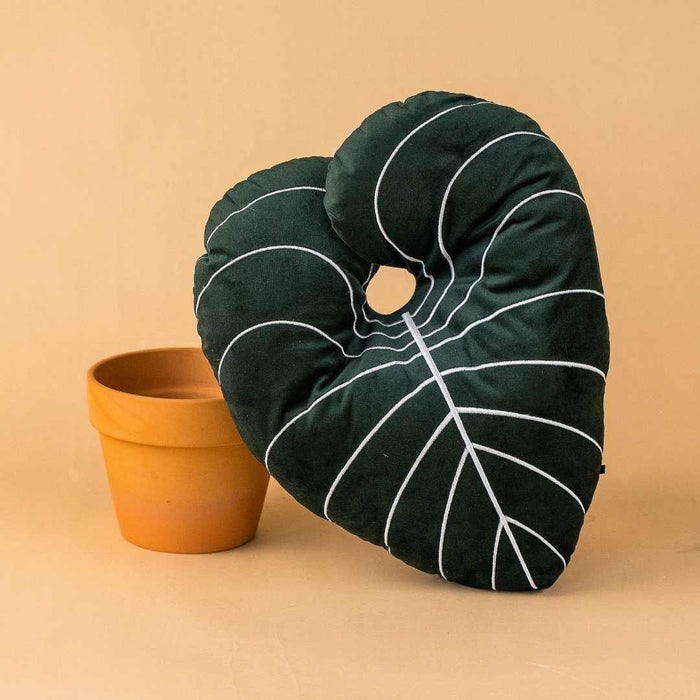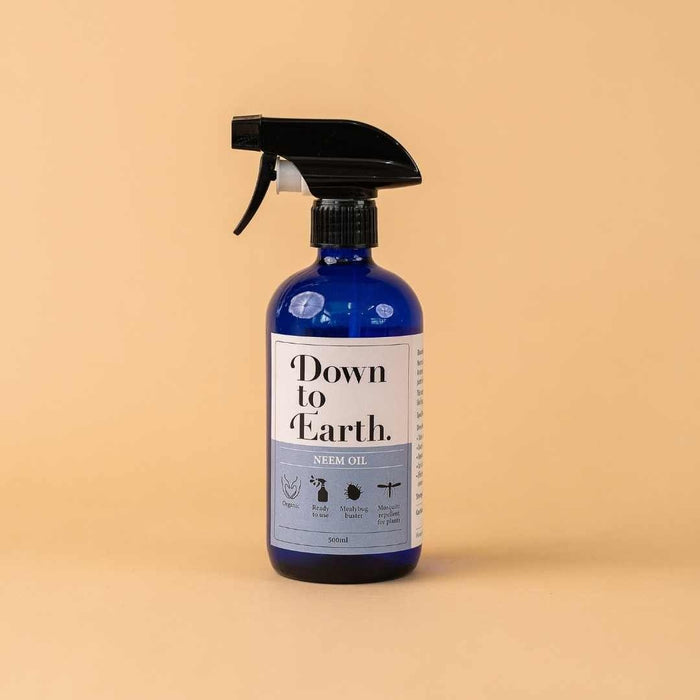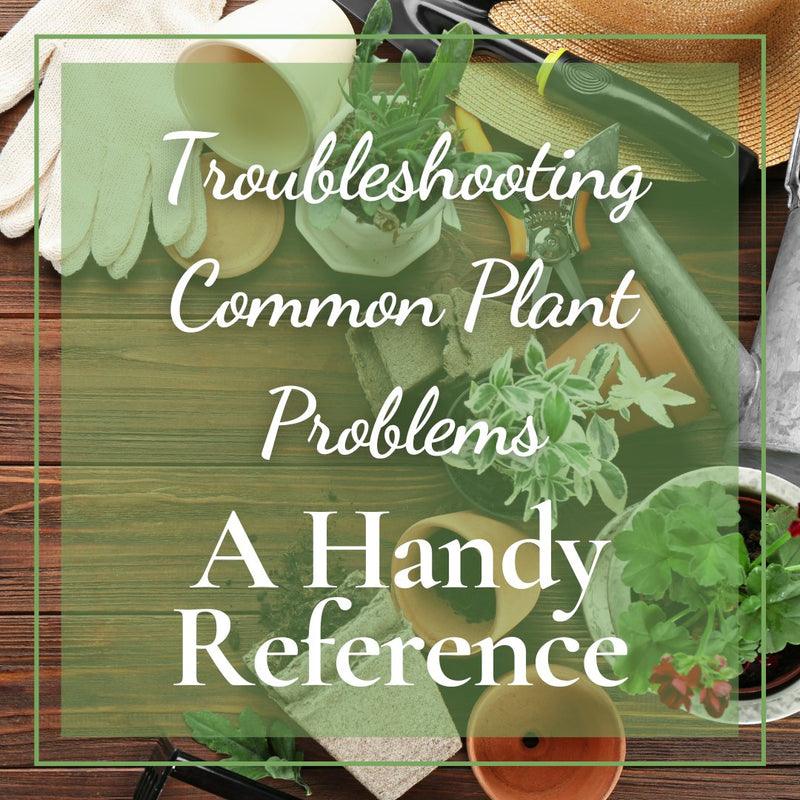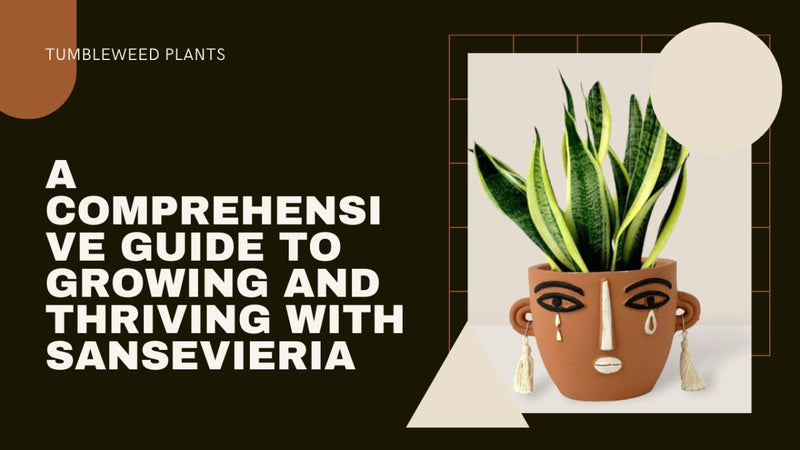Watering Plants 101: How Much Is Too Much for Your Plants?
Posted on July 01 2025
Striking the right balance in watering is the foundation of healthy plant care. While every plant needs water to thrive, too much or too little can quickly sabotage your hard work. Here’s your essential guide to watering plants 101, so your green friends can flourish—not flounder.
Understanding Your Plant’s Needs
Watering habits aren’t one-size-fits-all. Different species, container types, and even your local weather play a huge role in how much to water. The basic principle? Adjust your routine according to the unique requirements of each plant.
- Succulents and cacti prefer drier conditions, needing water only when their soil is fully dry.
- Tropical plants and ferns love moisture, but dislike soggy roots.
- Flowering houseplants may need more frequent watering while blooming.
Knowing your plant’s origin and natural habitat guides smarter watering decisions. Always read care labels or research each variety to tailor your approach.
The Signs of Overwatering and Underwatering
Learning the telltale symptoms is crucial in watering plants 101. Overwatered and underwatered plants can look surprisingly similar, but subtle differences reveal the truth.
- Overwatered plants may show yellowing leaves, mushy stems, and stunted growth. Soil often smells musty or feels constantly damp.
- Underwatered plants display dry, crispy leaves, wilted stems, and soil that pulls away from the pot’s edge.
Consistently checking both soil moisture and plant appearance helps catch issues early before serious damage sets in.
Testing Soil Moisture: Simple Methods
Don’t rely on guesswork. These straightforward techniques ensure you’re giving just the right amount:
- Finger test: Stick your finger about an inch into the soil. If it feels dry, it’s time to water. Moist or cool soil means you can wait.
- Chopstick or skewer method: Insert a wooden stick several inches into the pot. If it comes out clean, water the plant; if soil clings, it’s still moist.
- Moisture meter: Affordable gadgets provide accurate readings, removing all uncertainty.
Regularly rotating these methods builds confidence in proper plant care.
How Much Water Is Enough?
Quantity depends on the plant variety, pot size, and season. As a general rule, water until you see a little drainage at the bottom of the pot, ensuring roots are reached but not waterlogged. Never leave pots sitting in excess water, which encourages root rot.
- Adjust frequency in response to temperature. Hotter months may require increased watering.
- Always use pots with drainage holes to prevent early decay.
- For outdoor plants, factor in recent rainfall and humidity.
Observing your plant’s response and making small adjustments is the heart of watering plants 101.
Common Mistakes to Avoid
Even seasoned gardeners slip up sometimes. Here’s how to sidestep classic watering errors:
- Watering on a schedule rather than when plants need it. Adapt as conditions change.
- Using cold tap water, which can shock sensitive roots. Room-temperature water works best.
- Splashing leaves instead of delivering water to the base. This can encourage disease or leaf spots.
Consistency Is Key
Irregular watering stresses plants. Try to keep your routine as stable as possible, adjusting only for clear changes in plant needs or environmental shifts.
Tailoring Your Watering Routine for Success
Personalizing your process is the best investment you can make for thriving indoor and outdoor gardens:
- Track how long it takes different plant soils to dry out.
- Group plants with similar watering requirements together.
- Adjust for seasonal changes—plants often need less hydration in winter.
- Use a reminder app or calendar if you have trouble remembering when to check moisture.
With regular observation, you’ll soon spot plants’ cues before problems arise.
Conclusion
Mastering watering plants 101 is all about attentive care and small, thoughtful adjustments. Check soil, study your plant’s signs, and adapt as you learn—your flourishing greenery will be all the thanks you need. Ready to help your plants thrive? Start with smarter watering today.








